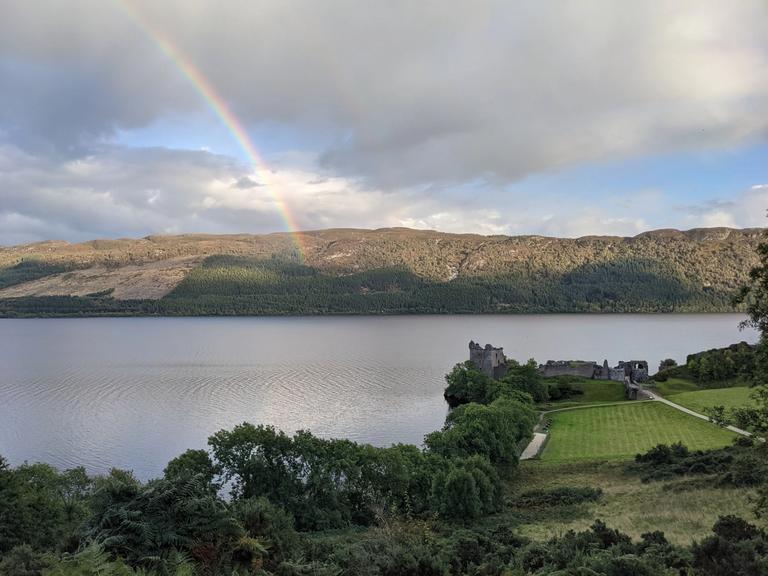Where we're working
We have sites in the Czech Republic, France and Scotland...
Czech Republic
The Slovácko, Valašsko and Horňácko regions in South and East Moravia
South Moravia is the Czech Republic´s driest and hottest area, and climate-change impact is becoming more apparent here than in the rest of the Czech Republic. The intensive agricultural landscape-management practices of the communist era left their footprints here: both regions are dominated by large, monocultural fields and forests. Both regions are also densely populated, consisting of several large cities and hundreds of municipalities.
Our Czech research team have mainly been looking at barriers to possible just landscape transformation towards more sustainable land management practices in the face of climate change. These include farmers' loss of connection to the land; the question of their agricultural identity; unsustainable farming strategies; problems caused by recent land-ownership legislation following communist-era land expropriation, and the lengthy and complex land-consolidation process.
For more details, check out our interview with our Czech team.
And our partners organisations on the Czech side are environmental foundation Nadace Partnerství and Hnutí DUHA (Friends of the Earth Czech Republic).

France
The Massat valley – highs, lows, and stunning scenery
Our French site is a valley in the Ariège department within the Occitan region, southwestern France. It’s situated within the dramatic landscapes of the French Pyrénées – and forms part of the Pyrénées Ariégeoises regional natural park, who are our main partner in the area.
Livestock farming has been important historically in the economy and geography of the Massat valley and continues to be so. In the 1970s, many ‘hippies’ came to the valley, and formed alternative communities. Some left, and some still live there today.
Currently there are still many neo-rurals moving to the region, searching for alternative ways of life and a connection to nature. They often develop small-scale livestock or vegetable farms, aiming to increase local food-sovereignty.
The project and the workshops gathered a diverse selection of stakeholders: livestock and vegetable farmers, local people, elected officials, institutions. The aim was not to reach a consensus, but to foster mutual understanding and dialogue about future land-use transformations in the context of climate change.
For more details, check out our interview with our French team.
Alternatively, click here to visit the French case-study website (in French).

Scotland
The deer-dominated landscapes of the Scottish Highlands
Our Scottish case-study site is large – over 2,000 square kilometres – and sparsely populated. It includes Glens Cannich, Affric, Moriston and Shiel.
We have been working with our partner organisation – Trees for Life – on the area of land defined by their Affric Highlands project. It's a rewilding project interweaving nature, people and business, and aimed at forming a coalition between communities and landowners.
Historically there have been conflicts over deer management in the region – and this remains a hot topic at local and governmental levels.
We've interviewed and worked with landowners, inhabitants and other stakeholders in the region, to find out how related they envisage a just transition for the Affric Highlands project area – and the trees, deer and people it contains. For more details on what we've been doing, check out our interview with David Brown, the researcher leading on our Scottish fieldwork.
The first of the outputs from our research in Scotland is a co-produced policy guidelines document, with our recommendations for ensuring just landscape transformation in the area.

